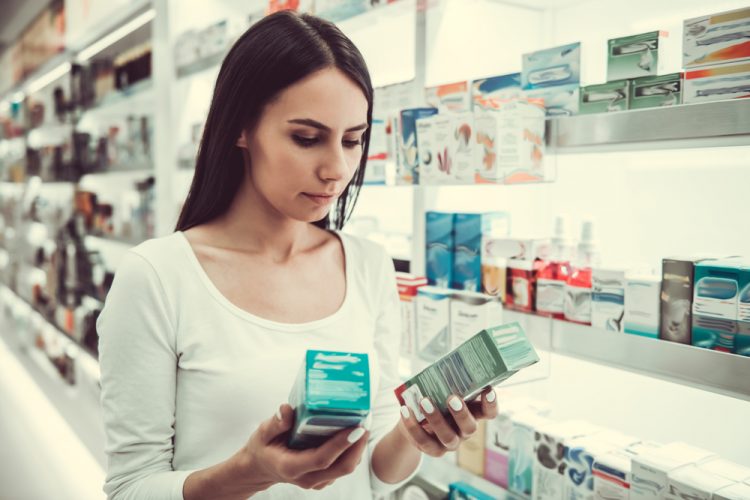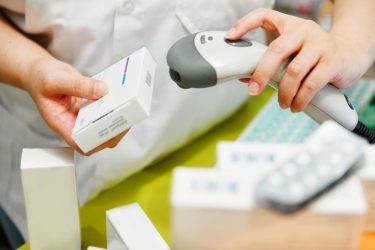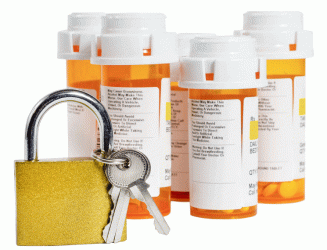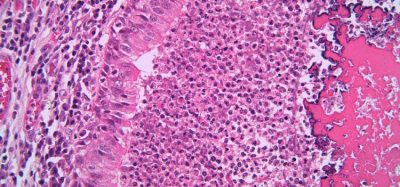Surge in negative verifications of saleable returns could cost pharma industry billions
Posted: 31 July 2019 | Riya Cao | No comments yet
The pharmaceutical industry is set to face some major changes in the near future, to improve the quality of returned drugs and medications.


The pharmaceutical industry will be hitting a major milestone of the Drug Supply Chain Security Act (DSCSA) in less than six months in the US. The industry could also hit a major obstacle, potentially costing drug manufacturers and wholesale distributors billions of dollars.
By 27 November, the regulations of the DSCSA require wholesale distributors of pharmaceuticals to verify the pedigree of returned drugs with drug manufacturers. The aim is to ensure that counterfeit, recalled, suspect or expired medicines do not slip into the supply chain from a dispenser’s shelf or warehouse and end up being resold as effective, safe and legitimate products.
This obviously worthy goal, while simple, is far from easy to implement.
So far, members of the pharma supply chain are doing everything they can to make the new regulations work. They have adopted serialised bar codes, established GS1 standard product identification and created methods to track and trace products.
However, now that new systems have been implemented to verify that returned saleable drugs are legitimate, a serious problem is emerging – one that could disrupt drug distribution, raise costs, create shortages and significantly hurt the $11bn annual market in saleable returned pharmaceuticals.


Still, a 33 percent failure rate with less than half a year to go before the deadline to verify saleable returns should be a major concern for everyone in the drug supply chain. Handling saleable returns is already a costly and time-consuming activity, but failed barcodes will mean that a substantial amount of returned product will need to be manually verified with manufacturers before those drugs can be resold. The potential increase in time, cost and lost saleable product represents a real threat to the industry and the success of the DSCSA.
A surge in suspect products
The DSCSA’s main requirement for verification is simple: drugs returned to a wholesale distributor or warehouse cannot be resold unless they’ve been authenticated by verifying their product IDs with the manufacturer. There are just eight possible outcomes for each product:
- Verified – can be resold
- Verified – additional information “recall”
- Verified – additional information “suspect”
- Negative – no matching GTIN SN
- Negative – no matching GTIN SN LOT
- Negative – no matching GTIN SN Exp
- Negative – no match GTIN SN Exp LOT
- Directory not found/404 error.
Although only one response allows the drug to be immediately returned to saleable inventory, the good news is that – in typical situations – about 97-98 percent of all returned drugs are eligible to be resold.
Distributors manage as many as 75,000 stock keeping units (SKUs) in their warehouses and there are an estimated 1.13 million units returned every week across the industry – or 226,000 units every day. That volume demands an automated system of verification, which is why the industry has worked so extensively with the US Food and Drug Administration (FDA) and the Healthcare Distribution Alliance (HDA) to create standard approaches. Because the FDA guidance has been vague, the HDA conducted its own research and found two acceptable technologies, finally recommending the use of verification router service (VRS) systems.
Technology rises to the challenge
In response, several leading solutions providers have jumped on developing VRS systems that can handle verification requests for both wholesale distributors and replies for drug manufacturers, providing instant results. Once installed, a manufacturer simply keeps the database of drugs updated and the VRS handles the rest. For distributors, a speedy automated scan of returned products will quickly return the bulk of drugs to the warehouse shelf. All that remains is to handle the industry’s approximately 4,000 to 7,000 questionable items discovered each day – an average of 14 or less for each of the country’s 500 to 600 drug distributors.


Wrong. If one-third of every item that dispensers are now returning bears barcodes that cannot be scanned, it means 75,000 questionable items will need to be investigated every day. This equates to an average of 150 investigations for each US distributor. With most of the VRS solutions on the market, verifying unscanned items requires warehouse workers to manually check each product. Now the disruption, expense and waste that the VRS approach is designed to avoid is back, front and centre to torment both distributors and the drug manufacturers who will need to field each of those enquiries.
DSCSA is about managing exceptions
The DSCSA is written to keep and rid bad drugs from the system; therefore, the FDA will want to see how questionable products are handled. This is where any of the 500 to 600 wholesale drug distributors in the US can get into trouble. Once a scan identifies that a product is suspect – or you are notified that a product in your possession is suspect – the DSCSA requires you to do the following:
- Quarantine the suspect product
- Verify the product identifiers of the suspect product
- File an FDA 3911 notice
- Conduct investigations with trading partners
- Retain suspect product samples
- Maintain a complete history of the investigation for six years.
Let us consider the requirement to file an FDA 3911 notice. When a negative verification pops up, you have 24 hours to respond by beginning a suspect product investigation and filing a 3911 report. If you have filed a 3911 before, you will know it’s not an easy task. You will need to populate 23 different fields on multiple pages of the form after wading through three pages of instructions totalling nearly 1,300 words. And remember to save your FDA-assigned incident number for all subsequent submissions related to that notification.
…it could be months before distributors have functional systems and start thinking about the work processes needed to handle verification exceptions
Now, do that 150 times – all pages – every day if you’re a distributor and don’t forget to attach the 150 individual photographs of suspect products that are also required. If you’re a manufacturer, you will also likely have to handle a couple of hundred enquiries per day about suspect products.
If any of these actions are carried out incorrectly, you could be subject to fines or a Form 483 Warning Letter, such as one already issued that directly cited the DSCSA requirements. Worse, you could do everything right, but if you fail to document every single step along the way and cannot provide that complete paper trail during an FDA audit, you risk being fined and receiving a warning letter. As any FDA inspector will tell you, “If it isn’t documented, it didn’t happen.”
And that covers just one of the requirements for handling suspect products.
Adjust your workflow now
The take-away I want to emphasise here is not that everyone involved with the US pharmaceutical supply chain should panic, but that we all need to ensure that we have bullet-proof policies, procedures and tools for handling what is sure to be a major increase in suspect returned product. While barcode technology is improving – the quality of 2D codes made a big improvement between 2018 and earlier this year – we have less than six months before the DSCSA verification requirement takes effect. Given that many of the distributors I talk to are still in the process of selecting and installing their verification technology, it could be months before those distributors have functional systems and start thinking about the work processes needed to handle verification exceptions.
Ultimately, barcode quality will improve to the point where exceptions will return to constituting a scant number of verification requests, and the pharma industry, FDA, doctors and patients all will benefit from a safer, more secure supply chain. Until then, however, the road to full DSCSA compliance will be a very rocky one.
Biography
Riya Cao, CEO of LSPediA, is an award-winning executive with 23 years’ experience in technology, pharmaceuticals and biotech industries who specialises in advancing the pharmaceutical supply chain for cost-effective compliance, operational efficiency and patient safety. Her DSCSA and serialisation-focused blogs are read by more than 10,000 professionals who benefit from their regulatory clarity and practical best industry practice.
Related topics
Related organisations
Food and Drug Administration (FDA), Healthcare Distribution Alliance (HDA), LSPediA









